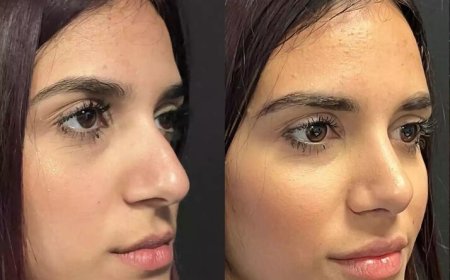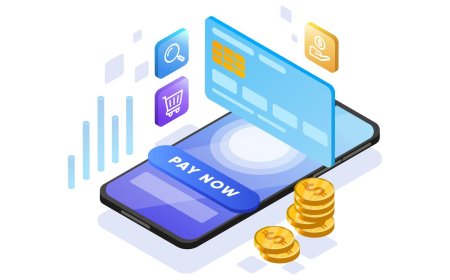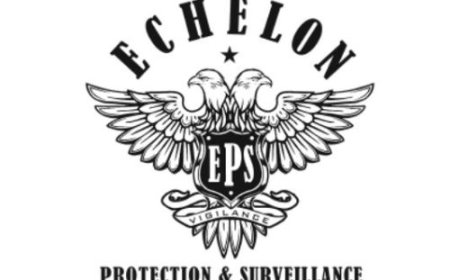Which Graphic Design Software Is Free?
This Article is about Which Graphic Design Software Is Free? Graphic Design Course in Chennai, it is beneficial to explore these free resources to sharpen your skills

Many aspiring designers want to start creating without immediately investing in costly design software. Fortunately, several free graphic design programs offer excellent tools and features to help beginners and professionals alike. If you are planning to join aGraphic Design Course in Chennai, it is beneficial to explore these free resources to sharpen your skills, build your portfolio, and gain confidence in working with industry-relevant tools. Free graphic design software gives you the flexibility to learn at your own pace. You can experiment with layouts, create visuals, and understand core design concepts without the pressure of subscription costs.
1. GIMP (GNU Image Manipulation Program)
GIMP is one of the most powerful free graphic design software tools available today. It works on Windows, macOS, and Linux. GIMP supports features similar to Adobe Photoshop, including photo retouching, digital painting, and complex image manipulation.
It allows you to work with layers, masks, filters, and customizable brushes. The tool is highly flexible and ideal for anyone looking to practice image editing or digital artwork at a professional level.
Although it may have a learning curve for beginners, GIMP is widely used and supported by an active online community offering tutorials and plugins.
2. Inkscape
Inkscape is a free and open-source vector graphic editor used for creating scalable designs. It is often compared to Adobe Illustrator due to its powerful vector-based features.
Inkscape supports SVG files and allows you to draw shapes, edit paths, and apply gradients or effects. It is perfect for logo design, typography, icon creation, and detailed illustrations.
Designers interested in brand work or digital illustration will benefit greatly from using Inkscape to understand how vector graphics work.
3. Photopea
Photopea is a browser-based photo editor that closely resembles Photoshop in layout and function. You can edit PSD files, use layers, apply filters, and even create templates directly from your browser no download required.
It is especially useful for students and freelance designers who need a quick and flexible solution. Because of its similarity to paid software, Photopea is an excellent way to learn without spending on licenses.
At FITA Academy, students often explore tools like Photopea to build familiarity with layer-based editing techniques commonly used in professional settings.
4. Canva (Free Version)
Canva is a cloud-based graphic design tool known for its simplicity and ease of use. The free version includes access to thousands of templates for social media graphics, posters, flyers, presentations, and more.
While Canva is not suitable for advanced design work, it is a great platform for learning about layout, typography, color schemes, and branding. Beginners can explore design fundamentals without getting overwhelmed by complex tools.
It is also perfect for small businesses and marketing professionals who want quick, high-quality visuals with minimal effort.
5. Gravit Designer
Gravit Designer is a web-based design app that supports both raster and vector design. It is suitable for everything from icon design to UI layouts and marketing materials.
The free version of Gravit Designer offers a range of tools including shape editing, text handling, layers, and export options. It has a clean, intuitive interface that works well on low-end devices and allows cloud-based saving.
Students using Gravit can explore vector manipulation, drawing tools, and export techniques essential for a strong design portfolio.
6. Vectr
Vectr is another simple and user-friendly vector graphics software. It runs online or can be downloaded as a desktop application. It allows you to create icons, logos, posters, and web graphics with basic but effective design tools.
While not as powerful as Inkscape or Gravit, Vectr is ideal for quick projects and learning basic vector techniques. The interface is beginner-friendly, making it a solid starting point for design learners.
7. Figma (Free Plan)
Figma is a popular web-based design tool often used for UI and UX design. While known for its collaboration features, Figma also offers a free plan with many design functionalities including vector editing, prototyping, and responsive design.
It is suitable for students who want to learn modern web and app design principles. With real-time collaboration and cloud saving, Figma is widely used by both designers and development teams.
If you're planning to enter the digital product design space, Figma is a must-learn tool, even in its free version.























